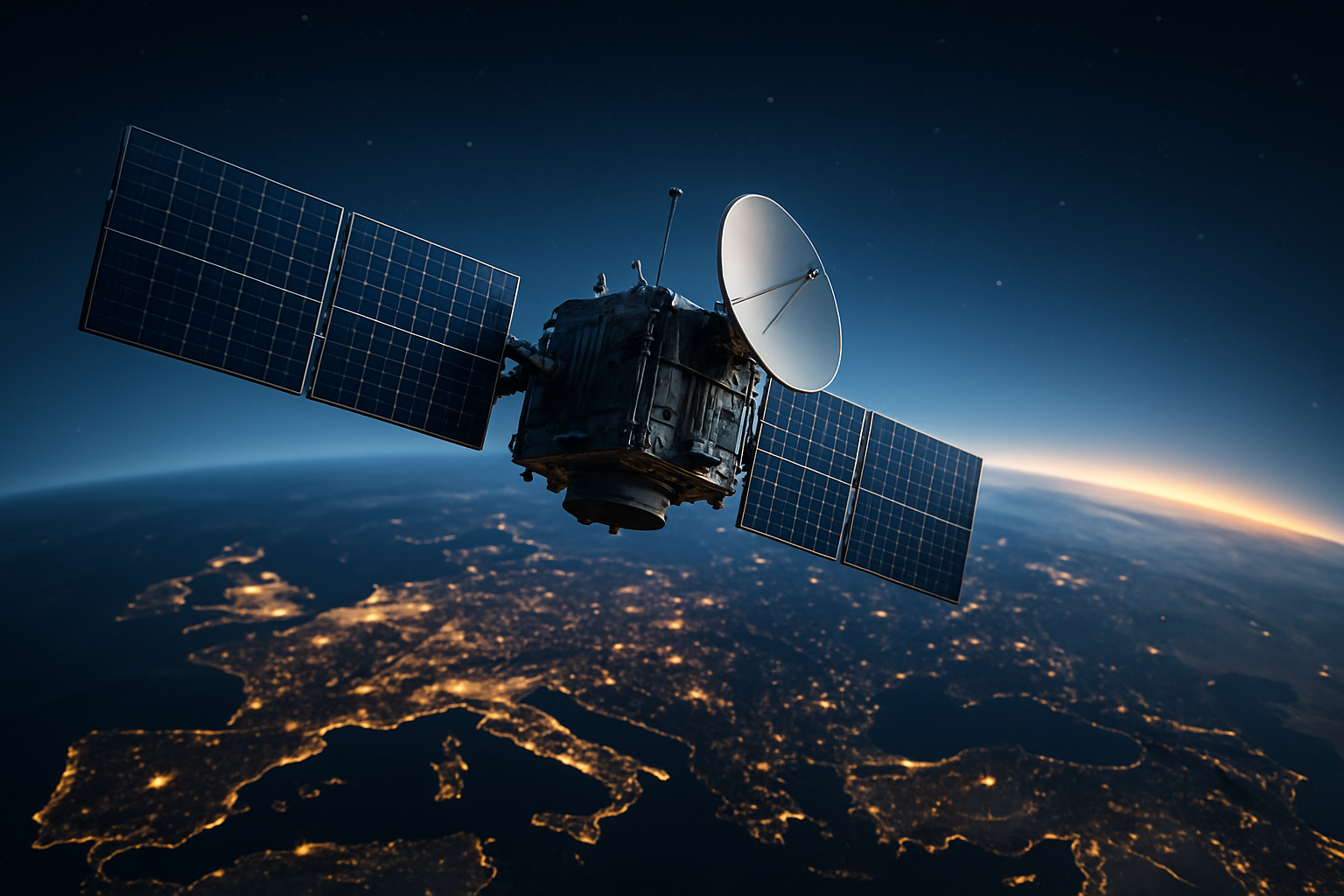Unveiling the Power and Potential of Low Earth Orbit Satellites
Imagine being in the remotest part of the world, yet receiving a high-speed internet connection. This isn't a far-fetched dream, but a reality brought to life by Low Earth Orbit (LEO) satellites. These small, agile satellites orbit closer to the Earth than traditional satellites, offering faster data transfer with reduced latency.

The Dawn of Low Earth Orbit Satellites
The tale of LEO satellites is one of innovation and technological prowess. Traditional geostationary satellites orbit at approximately 36,000 kilometers above the Earth’s surface, leading to high latency, or delay, in data transmission. Conversely, LEO satellites operate much closer, typically around 1,200 kilometers above the Earth. This proximity allows for quicker data transfer and improved connectivity, even in remote areas. This technology has been around since the late 20th century, but its application in global internet connectivity is a more recent development.
The Current Scenario: LEO Satellites and Connectivity
The demand for reliable, high-speed internet is continually rising, and LEO satellites are stepping up to the challenge. Companies like SpaceX and OneWeb are launching constellations of these satellites to provide global broadband coverage. The low latency and high-speed capabilities of LEO satellites make them ideal for applications like video conferencing, online gaming, and other data-intensive tasks. Regulatory bodies worldwide are also recognizing the potential of this technology, with many granting licenses for LEO satellite operations.
The Impact: How LEO Satellites Are Changing the Game
LEO satellites are poised to revolutionize internet connectivity globally. By providing high-speed internet in hard-to-reach areas, they can bridge the digital divide and create equal access to digital resources. However, this technology isn’t without challenges. Issues like space debris and satellite maintenance pose significant hurdles. Also, the initial setup cost for LEO satellite infrastructure is considerable, which could impact the pricing of the service.
Practical Applications: LEO Satellites in Action
Despite the challenges, the practical applications of LEO satellites are expansive. Apart from providing internet connectivity, they can also aid in disaster management by ensuring communication channels remain open when terrestrial networks fail. They also hold promise for sectors like defense, maritime, and aviation, offering reliable and robust connectivity solutions.
In conclusion, Low Earth Orbit satellites present a significant leap forward in the realm of internet connectivity. With the potential to offer high-speed, low-latency internet access globally, they are a game-changer. As we continue to navigate the challenges and harness the potential of this technology, one thing is clear - the future of internet connectivity lies beyond the horizon, in the low orbit of our Earth.





